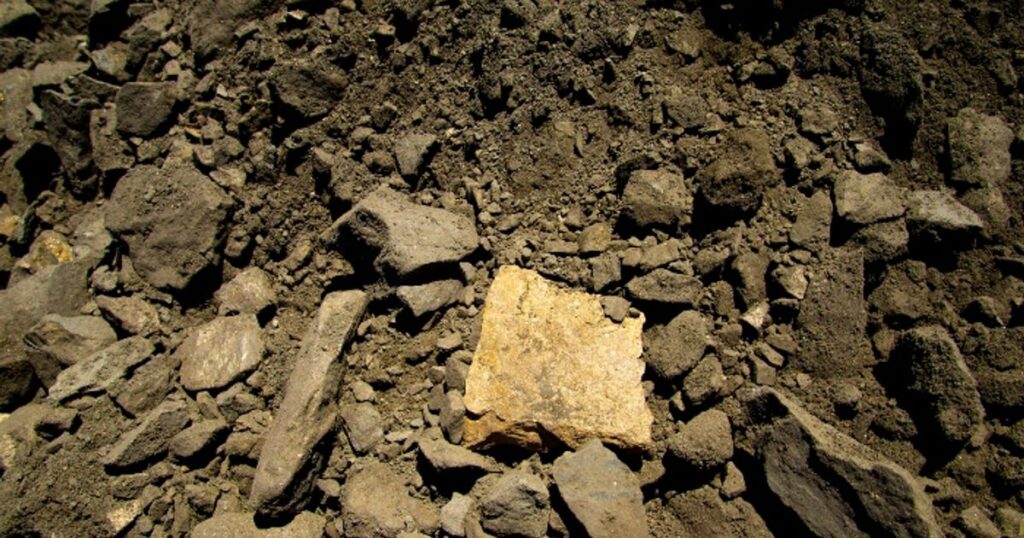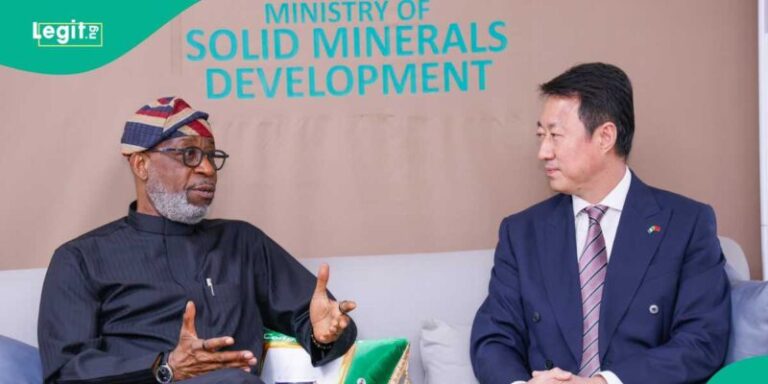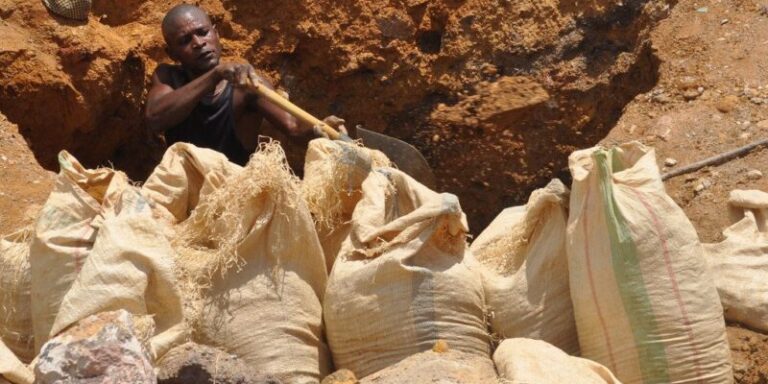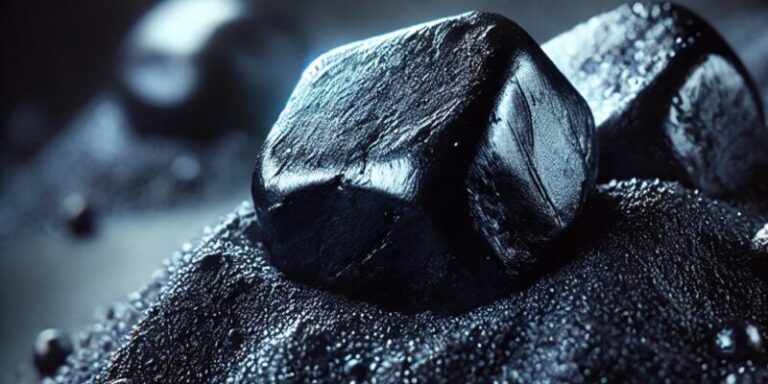
Power Metal Resources has affirmed that the Molopo Farms Complex (MFC) in southwestern Botswana possesses the geological prerequisites for a substantial nickel deposit, akin to those found in mafic and ultramafic belts globally.
In their recent exploration update on October 6, Power Metal highlighted the T1-14 target area as having the most promising potential due to the robust superconductor previously detected.
The company’s objective is to make a significant district-scale discovery of nickel and platinum group elements (PGE) within the Molopo Farms Complex (MFC).
“Our efforts concentrated on the T1-14 target area have yielded a comprehensive and superior database, establishing it as our top-priority conductor target, supported by all the evidence we’ve amassed up to this point.”
“Our current exploration efforts are primarily centered on target area T1-14 and are running concurrently with our ongoing discussions with third parties concerning potential commercial opportunities for Molopo Farms,” stated Sean Wade, CEO of Power Metal Resources.
Previously, airborne electromagnetic (EM) geophysics surveys were conducted in 2018, followed by ground moving loop electromagnetic (MLEM) geophysics surveys completed in 2022. These surveys played a pivotal role in identifying drilling targets for the 2022/23 campaign.
During the 2022/23 drill campaign, Drillhole DDH1-14B did not intersect the predicted superconductor. Consequently, the company decided to enlist the expertise of a geophysicist to carry out inversions using data from a widely spaced audio-frequency magnetotelluric (AMT) survey conducted in 2020 over target area T1-14.
AMT technology offers the advantage of measuring a broader spectrum of conductivities at greater depths compared to both airborne and ground electromagnetic (EM) methods.
Notably, this effort resulted in the discovery of two distinct conductors within target area T1-14, in contrast to the single moderately dipping conductor detected by the MLEM survey.
Among these findings is a robust, steeply dipping conductor spanning several kilometers, precisely aligning with the feeder zone intrusion’s keel.
Power Metal has highlighted the potential of this conductor to host substantial sulphide mineral deposits, making it a top-priority exploration target that had not been previously drill-tested.
The second conductor, in contrast, is relatively flat-lying and has been determined to have a sedimentary origin, which was a factor contributing to misdirected targeting in a previous drilling campaign.
The company is working with its technical consultants regarding the implementation of a drill programme at target area T1-14 to test this newly modelled steeply dipping conductor.
“Historical exploration work at MFC has been multi-year, extensive and absolutely necessary in order to narrow down key targets for exploration drilling within a very large licence footprint. In exploration, geophysics alone is never enough and drilling is always necessary to firm up the geological model and confirm economic deposits.
“As drilling is undertaken, the additional data gathered can, with other exploration techniques, provide a step-change enhancement of the technical understanding of a project and its potential,” Wade said.
EM surveys and drilling have proven the presence of a funnel shaped ultramafic intrusion within the northeastern part of the MFC. This dyke-like intrusion can be traced on magnetic maps for at least 20 km towards the southwest where it is seen to merge with a thick sequence of layered ultramafic rocks.
The intrusion follows a well-established northeast-southwest fault zone and is interpreted to be the geological feeder zone to the MFC, which Power Metal said was an important target when searching for magmatic nickel- and PGE-rich sulphides.
Such feeder zones are known to be potential loci of sulphide mineralisation associated with the intrusion, for example at Voisey’s Bay, in Canada, or Uitkomst, on the eastern limb of South Africa’s Bushveld Complex, which is an age-equivalent unit to the MFC.
Inversions of a historical AMT survey completed over target area T-14 in 2020 in the region of the known feeder zone have identified a very strong steeply dipping conductor co-incident with the keel of the intrusion.
The base, or keel, of such a feeder intrusion may well be the site of massive sulphide mineralisation and is thus a priority exploration target, which has never been drill tested before.
As a result, drilling plans are currently being developed by Power Metal’s technical team in order to optimally test this target.
Given the success of the AMT technology and inversions thereof to decipher between multiple conductors at target area T1-14, an airborne AMT survey is also being considered to further image other target areas which have only been investigated by airborne or ground EM to date, Power Metal said.
DISCUSSION ON FUTURE MFC EXPLORATION
As the demand for nickel continued to increase, exploration for magmatic sulphide deposits within mafic/ultramafic complexes would continue to be of significant interest to junior and major mining companies, Power Metals said.
The company noted that, compared with many other significant mafic provinces, the MFC was comparatively underexplored, likely as a result of the extensive Kalahari sand cover.
However, based on the information acquired, Power Metal now believed it was evident that the MFC had the required ingredients which could allow for the formation of a magmatic sulphide deposit.
To that end, the company said one of the major challenges of exploration within the MFC was the fact that the mafic-ultramafic rocks had intruded into Transvaal Supergroup sediments, many of which are known to be sedimentary conductors.
While the presence of these iron-rich sedimentary rocks is one of the key ingredients required in order to form primary magmatic nickel sulphides, the presence of multiple conductors can make drill targeting difficult, especially considering the lack of outcrop exposure within the MFC, Power Metal said.
Owing to these considerations, the company said, significant further exploration was warranted in the future at MFC.





